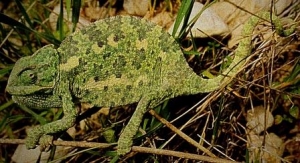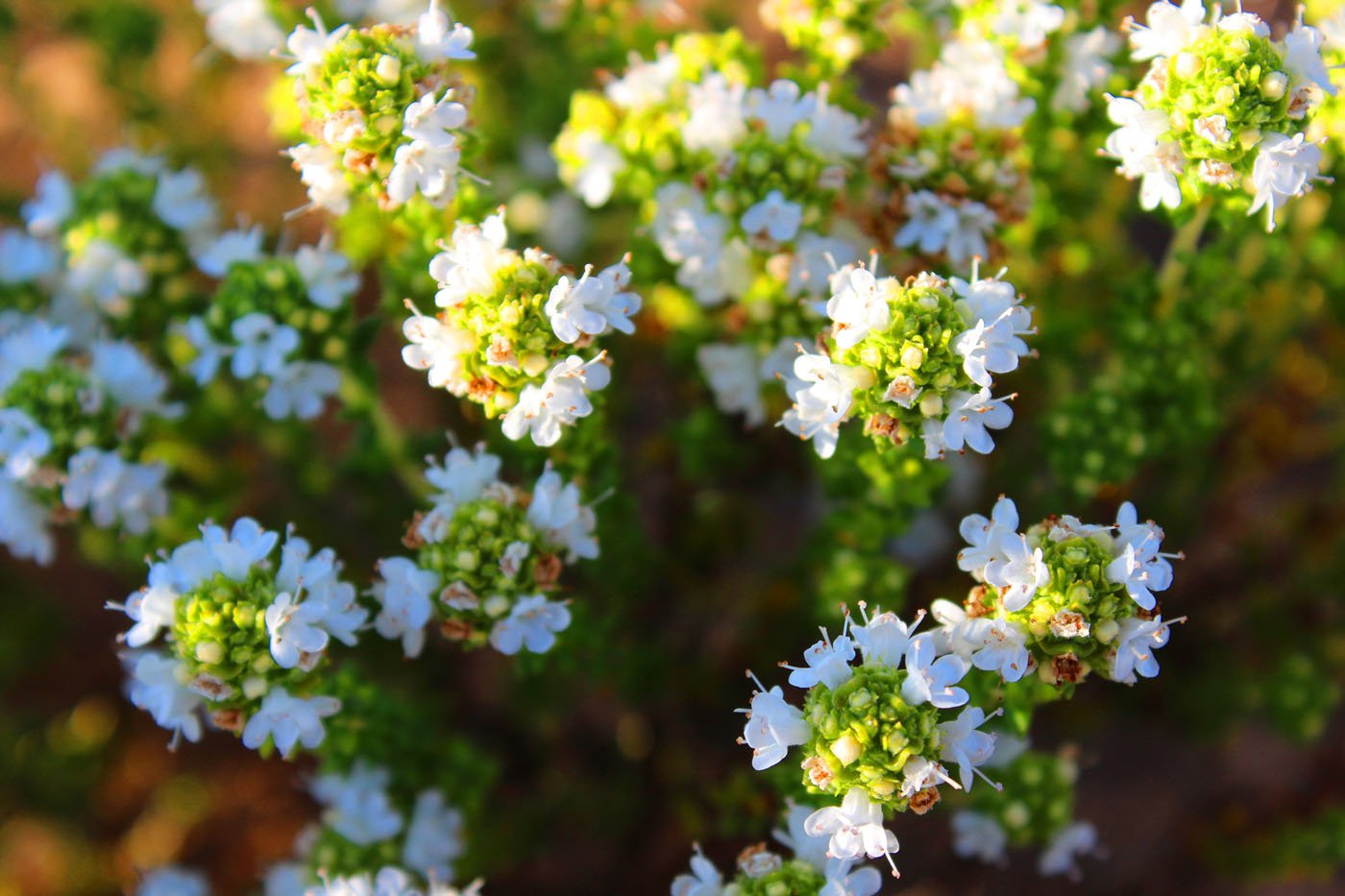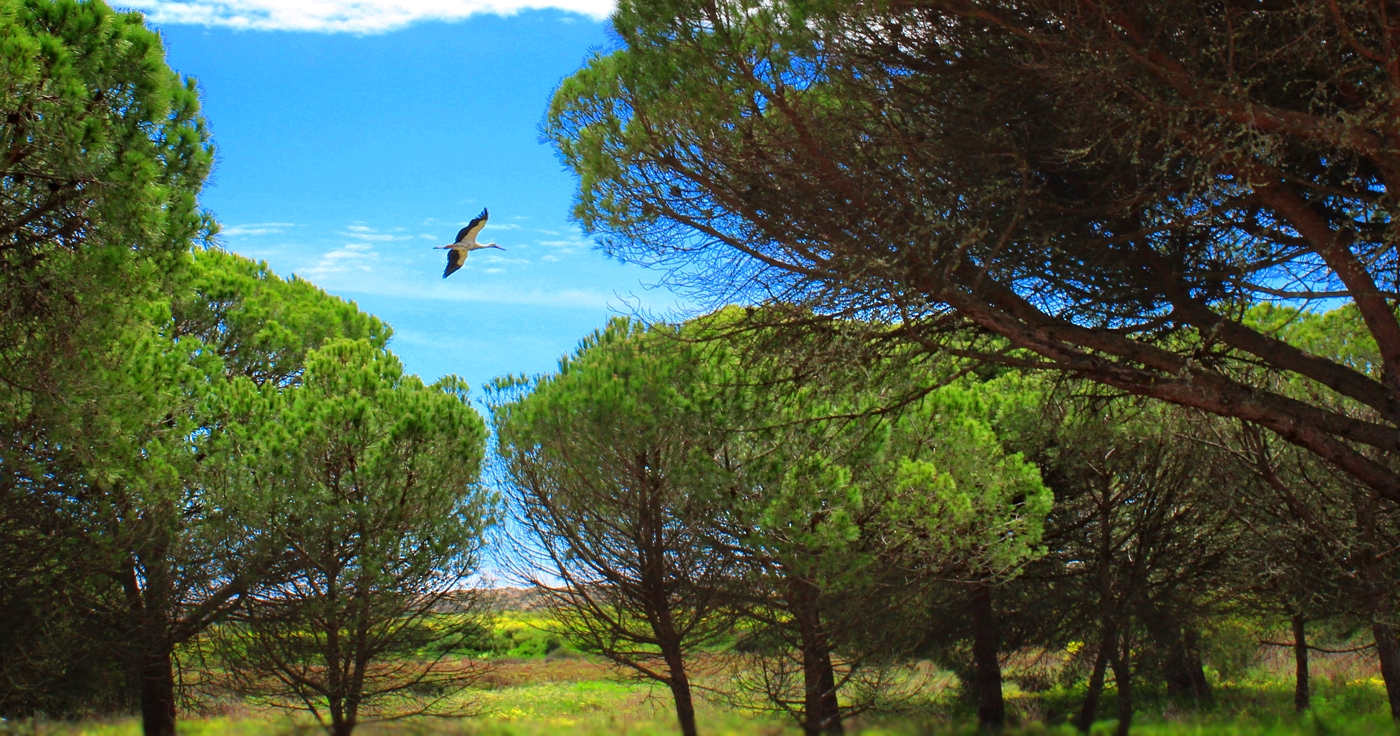• Purple Swamphen (Porphyrio porphyrio) resident 1)
• Purple Heron (Ardea purpurea) Mar. -Apr. /Sep. -Oct. 2)
• Little Bittern (Ixobrychus minutus) Apr. -Sep. / winter 3)
• Glossy Ibis (Plegadis falcinellus) Sep.-Mar. 4)
• Squacco Heron (Ardeola ralloides) resident; rare 5)
• Black-crowned Night Heron (Nycticorax nycticorax) Apr. -Sep. 6)
• Iberian Azure-winged Magpie (Cyanopica cooki) resident 7)
• Black-headed Weaver (Ploceus melanocephalus) resident 8)
• Ferruginous Duck (Aythya nyroca) Oct.-Jan.; rare 9)
• Red-crested Pochard (Netta rufina) resident
• Red-knobbed Coot (Fulica cristata) winter; rare
• Red-necked Nightjar (Caprimulgus ruficollis) Apr.-Sep.
• Common Waxbill (Estrilda astrild) resident
• Purple Heron (Ardea purpurea) Mar. -Apr. /Sep. -Oct. 2)
• Little Bittern (Ixobrychus minutus) Apr. -Sep. / winter 3)
• Glossy Ibis (Plegadis falcinellus) Sep.-Mar. 4)
• Squacco Heron (Ardeola ralloides) resident; rare 5)
• Black-crowned Night Heron (Nycticorax nycticorax) Apr. -Sep. 6)
• Iberian Azure-winged Magpie (Cyanopica cooki) resident 7)
• Black-headed Weaver (Ploceus melanocephalus) resident 8)
• Ferruginous Duck (Aythya nyroca) Oct.-Jan.; rare 9)
• Red-crested Pochard (Netta rufina) resident
• Red-knobbed Coot (Fulica cristata) winter; rare
• Red-necked Nightjar (Caprimulgus ruficollis) Apr.-Sep.
• Common Waxbill (Estrilda astrild) resident
• Crag Martin (Ptyonoprogne rupestris) resident
• Sardinian Warbler (Sylvia melanocephala) resident
• White Stork (Ciconia ciconia) resident
• Zitting Cisticola (Cisticola juncidis) resident
• Black-winged Stilt (Himantopus himantopus) resident
• Kentish Plover (Charadrius alexandrinus) resident
• Eurasian Hoopoe (Upupa epops) resident
• Crested Lark (Galerida cristata) resident
• Cattle Egret (Bubulcus ibis) resident
• Pallid Swift (Apus pallidus) Mar.-Oct.
• Short-toed Treecreeper (Certhia brachydactyla) resident
• Serin ( Serinus serinus) resident
• Cetti’s Warbler (Cettia cetti) resident
• Sardinian Warbler (Sylvia melanocephala) resident
• White Stork (Ciconia ciconia) resident
• Zitting Cisticola (Cisticola juncidis) resident
• Black-winged Stilt (Himantopus himantopus) resident
• Kentish Plover (Charadrius alexandrinus) resident
• Eurasian Hoopoe (Upupa epops) resident
• Crested Lark (Galerida cristata) resident
• Cattle Egret (Bubulcus ibis) resident
• Pallid Swift (Apus pallidus) Mar.-Oct.
• Short-toed Treecreeper (Certhia brachydactyla) resident
• Serin ( Serinus serinus) resident
• Cetti’s Warbler (Cettia cetti) resident
Common Birds | Quinta do Lago
PLEASE NOTE: most of the notable species found along the contiguous Ludo Trail can also be spotted in Quinta do Lago; the following list is not exhaustive – very common or widespread species were not considered.
•—- Avocet: Recurvirostra avosetta; •—- Bar-tailed Godwit: Limosa lapponica; •—- Black-headed Gull: Larus ridibundus; •—- Black-tailed Godwit: Limosa limosa; •—- Common Coot: Fulica atra; •—- Common Greenshank: Tringa nebularia; •—- Common Kingfisher: Alcedo atthis; •—- Common Moorhen: Gallinula chloropus; •—- Common Pochard: Aythya ferina; •—- Common Redshank: Tringa totanus; •—- Common Snipe: Gallinago gallinago; •—- Common Teal: Anas crecca; •—- Curlew: Numenius arquata; •—- Eurasian Wigeon: Anas penelope; •—- European Stonechat: Saxicola rubicola (torquatus); •—- Gadwall: Anas strepera; •—- Great Cormorant: Phalacrocorax carbo; •—- Great Crested Grebe: Podiceps cristatus; •—- Grey Heron: Ardea cinerea; •—- Grey Plover: Pluvialis squatarola; •—- Little Egret: Egretta garzetta; •—- Little Grebe: Tachybaptus ruficollis; •—- Mallard: Anas platyrhynchos; •—- Meadow Pipit: Anthus pratensis; •—- Mediterranean Gull: Larus melanocephalus; •—- Mistle Thrush: Turdus viscivorus; •—- Northern Shoveler: Anas clypeata; •—- Tufted Duck: Aythya fuligula;
Featured Animal | Quinta do Lago
 European (Mediterranean) Chameleon (Chamaeleo chamaeleon): despite its name, in Europe this chameleon only resides in southern Iberia (where it was introduced more than 500 years ago), in Malta and in the Greek islands of Samos and Chios. It is also known as ‘Mediterranean Chameleon’. Reaching a body length between 20 and 40 cm (15.7 inches), it is an arboreal species found in a variety of woodland and shrubland habitats. This diurnal reptile spends its time in small trees and bushes, in both humid and dry conditions. Females lay between 5 and 45 eggs per year, which are then buried in the soil. In Portugal, where its population is closely protected and monitored, it mainly inhabits coastal pinewood habitat. Reported populations in Crete, Sicily and Lampedusa are still unconfirmed by the IUCN. Image: Siga
European (Mediterranean) Chameleon (Chamaeleo chamaeleon): despite its name, in Europe this chameleon only resides in southern Iberia (where it was introduced more than 500 years ago), in Malta and in the Greek islands of Samos and Chios. It is also known as ‘Mediterranean Chameleon’. Reaching a body length between 20 and 40 cm (15.7 inches), it is an arboreal species found in a variety of woodland and shrubland habitats. This diurnal reptile spends its time in small trees and bushes, in both humid and dry conditions. Females lay between 5 and 45 eggs per year, which are then buried in the soil. In Portugal, where its population is closely protected and monitored, it mainly inhabits coastal pinewood habitat. Reported populations in Crete, Sicily and Lampedusa are still unconfirmed by the IUCN. Image: Siga
Featured Plant | Quinta do Lago
 Portuguese Thyme (Thymus carnosus): pictured right on its natural sandy habitat, the very pleasantly aromatic Portuguese Thyme is a woody perennial herb endemic to southern Portugal and some parts of Andalusia. The white or pinkish flowers bloom between May and September. Highly drought resistant and salt tolerant, this notable but highly sensitive species only occurs on pristine coastal dunes, like the ones located between Quinta do Lago and Garrão. One of the major threats to this species (listed as ‘Vulnerable’ by the IUCN and under a protected status) is accidental trampling from sun-loving pedestrians, mainly during summertime. Despite its rarity and very narrow distribution range, the Portuguese Thyme is easily spotted on the dunes bordering Quinta do Lago to the south.
Portuguese Thyme (Thymus carnosus): pictured right on its natural sandy habitat, the very pleasantly aromatic Portuguese Thyme is a woody perennial herb endemic to southern Portugal and some parts of Andalusia. The white or pinkish flowers bloom between May and September. Highly drought resistant and salt tolerant, this notable but highly sensitive species only occurs on pristine coastal dunes, like the ones located between Quinta do Lago and Garrão. One of the major threats to this species (listed as ‘Vulnerable’ by the IUCN and under a protected status) is accidental trampling from sun-loving pedestrians, mainly during summertime. Despite its rarity and very narrow distribution range, the Portuguese Thyme is easily spotted on the dunes bordering Quinta do Lago to the south.

